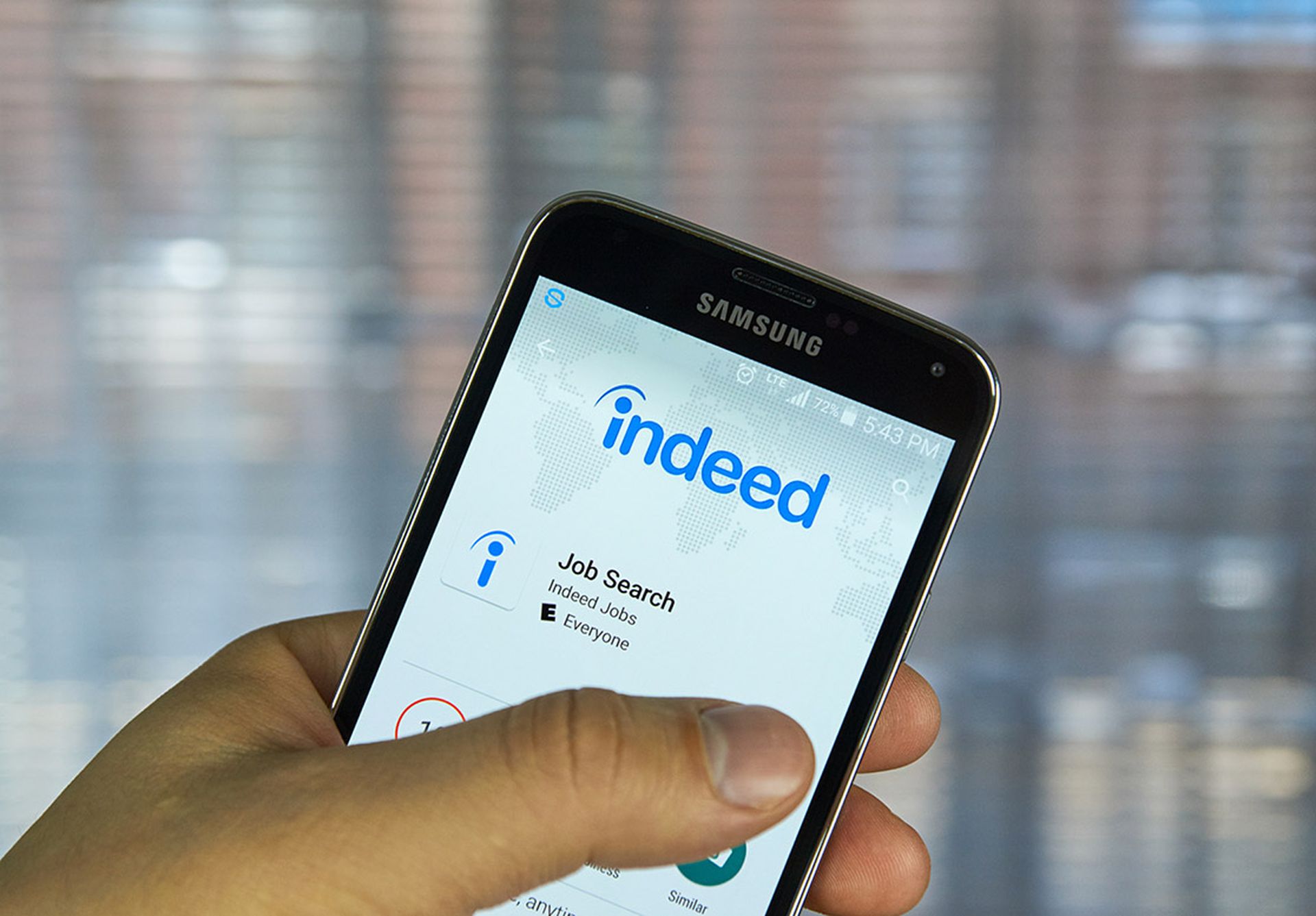
When it comes to devices in the office today, it isn’t a once-size-fits-all situation. As one example of that, more and more employees are working on Apple devices, including Mac laptops, iPhones, and others.
In the United States, for instance, 46.9 percent of device owners use an iPhone device, versus an Android or other type of mobile device. Additionally, Mac device usage in the workplace has increased from around 17 percent in 2019 to 23 percent in 2021, according to research firm IDC.
While many managed services providers (MSPs) haven't supported Apple devices in the past, their growing presence in the workplace means they can no longer be ignored if an MSP wants to provide comprehensive, quality support to their customers. This support may involve simply expanding their existing offerings or adopting new tools and services to specifically address Apple devices.
Providing managed support for Apple devices
To ensure they’re fully supporting Apple devices, MSPs need to make sure they're fully prepared with the right tools to account for and properly manage these devices inside their customer environments. One key tool in helping MSPs manage all types of devices is their mobile device management (MDM) tool of choice.
MDM tools come in a variety of flavors and an MSP will want to evaluate if its tool of choice can support Apple devices to the full capacity they need to be supported. Another tool available to MSPs is Apple Business Manager, which helps an MSP leverage the built-in framework for MDM inside iOS, iPadOS, macOS, and tvOS devices. Apple Business Manager is available to MSPs in most countries from Apple’s business site.
There are a number of functions that MSPs can leverage using Apple Business Manager, either independently or in tandem with their favorite MDM tool. This includes automated device enrollment to automate the setup and configuration of Apple devices, security features, and policy enforcement across Apple devices. Apple Business Manager also includes the Apple Push Notification service, which allows MSPs to maintain persistent communication with Apple devices across all network types.
Building broader device strategies
In addition to having the tools in place to manage the devices they already have on site, including both Apple and Windows devices, MSPs also can play an important role in helping customers determine their long-term device strategy. This includes what types of devices are the best fit for the organization’s needs and budget, as well as how often those devices need to be refreshed. This can provide incredible value to the customer, as well as increase stickiness for an MSP by more deeply integrating them with the business strategy.
By arming themselves with the right tools and strategic conversations, MSPs can further enhance their position as trusted advisors to their customers — no matter the devices they may be using. In this way, they can continue to advance the support they provide to customers — as well as the revenue that they may get.
Author Jason Samples is Chief Revenue Officer at Addigy. Read more Addigy guest blogs here. Regularly contributed guest blogs are part of ChannelE2E’s sponsorship program.




